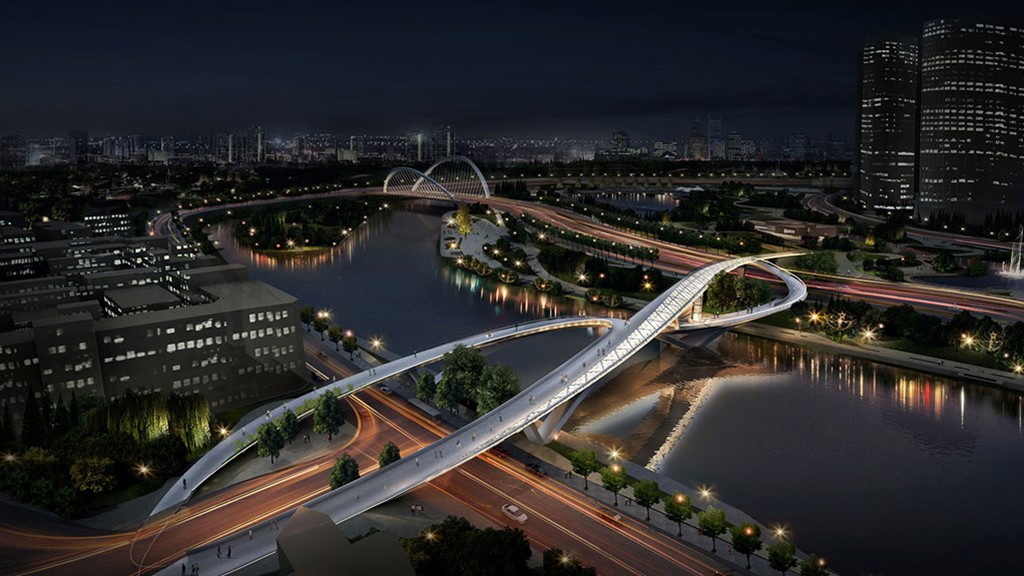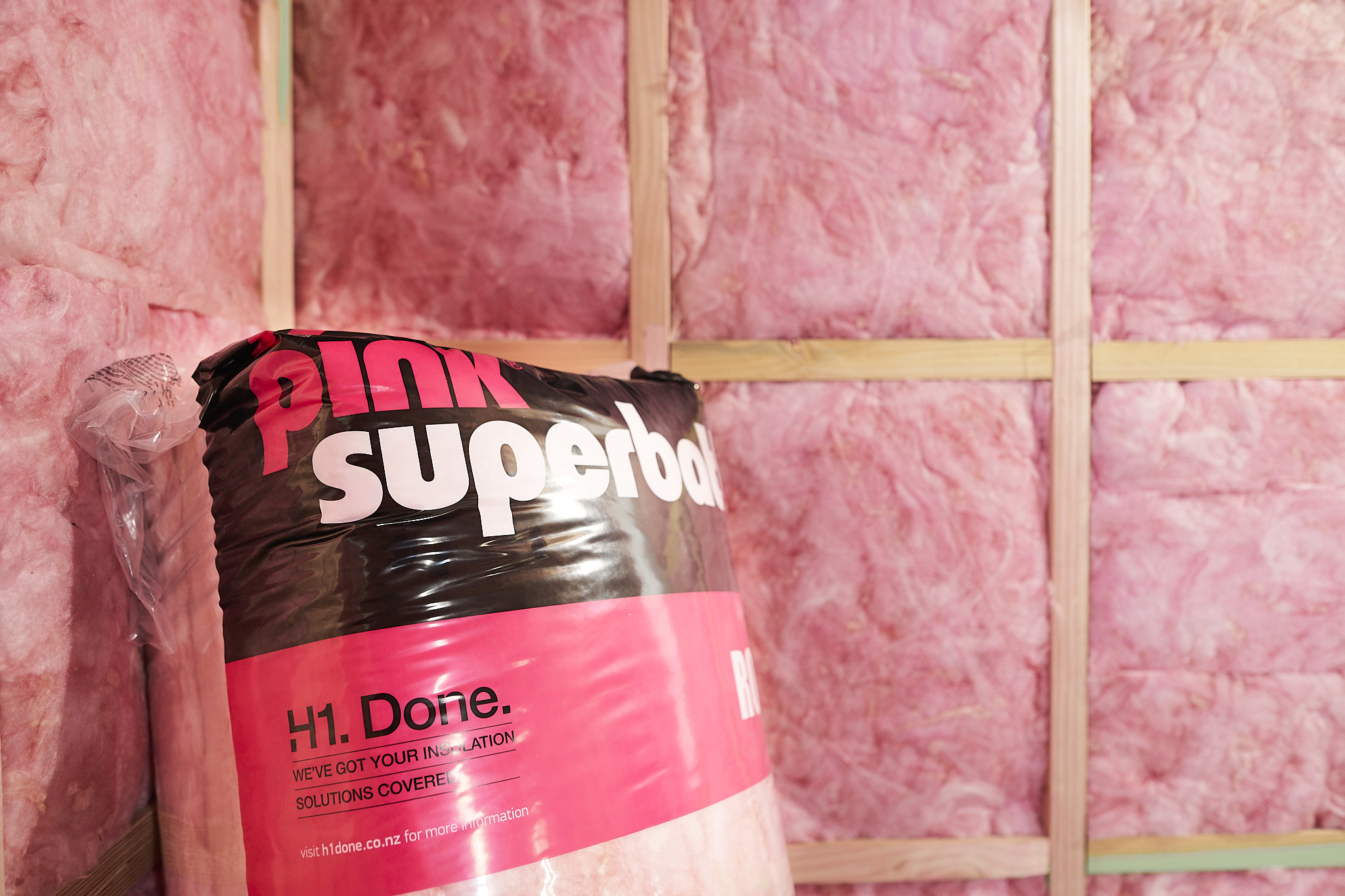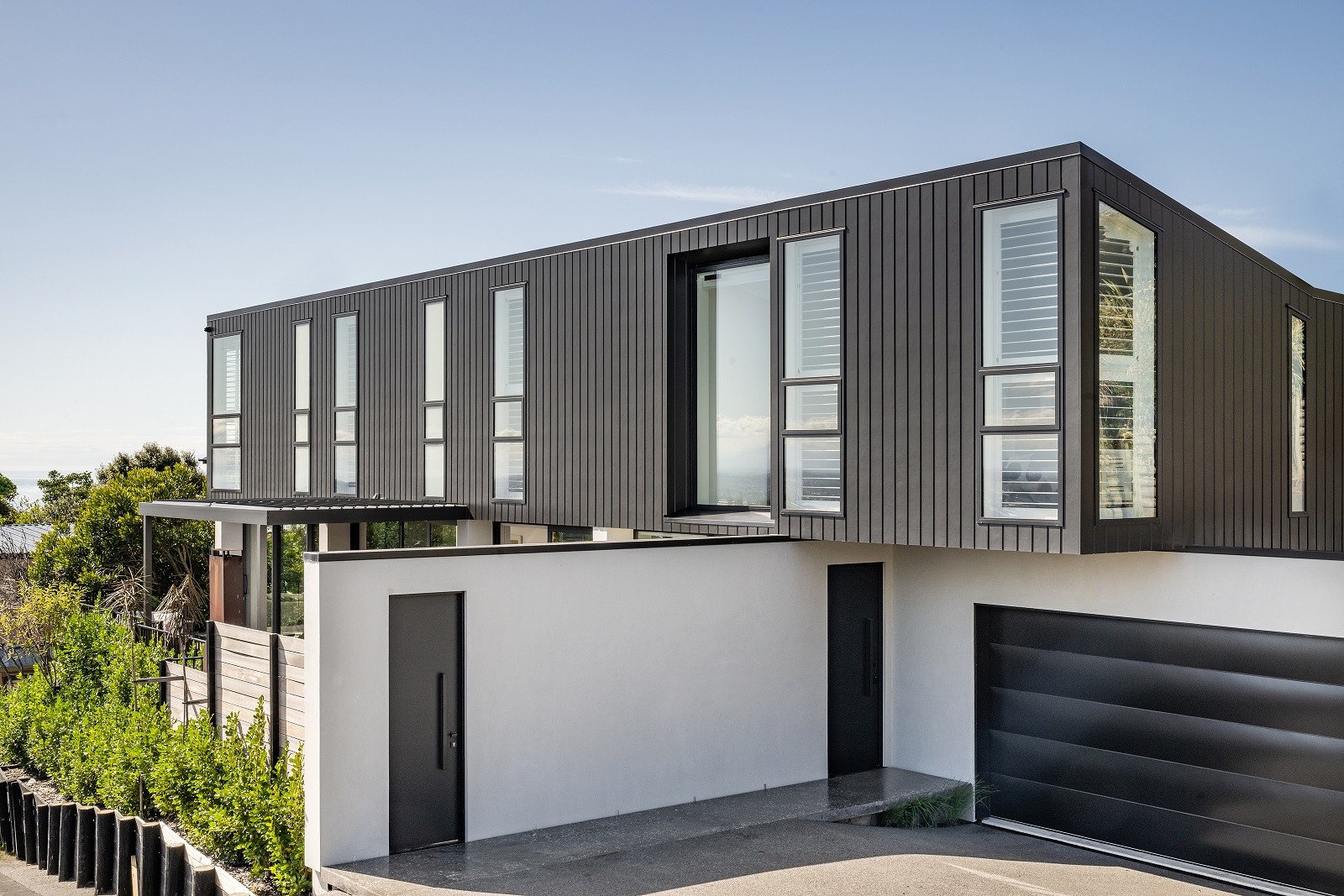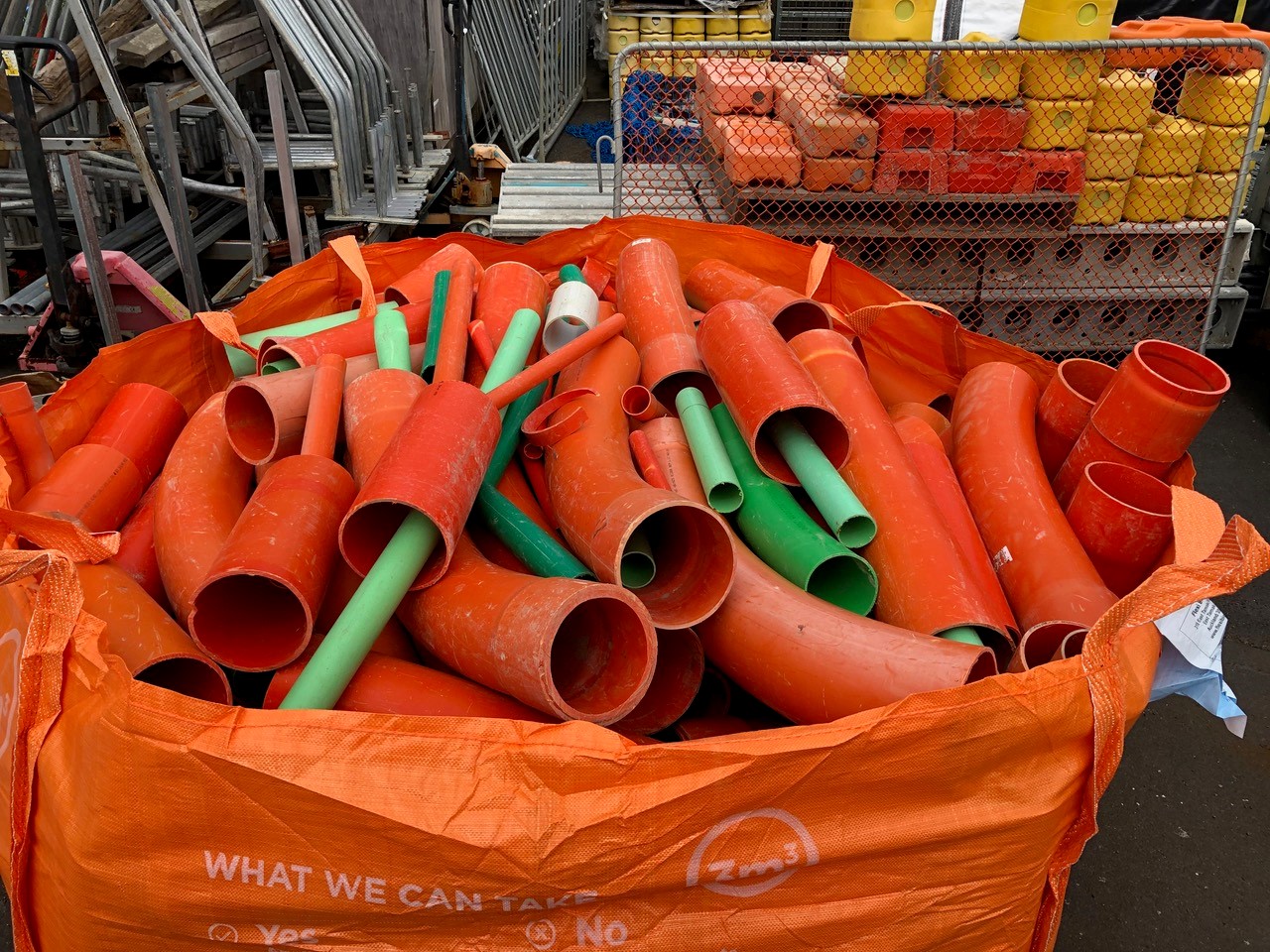When Berlin-based architects Tom Wünschmann, Achim Kaufer, Wei Cai and Philipp Buschmeyer set out to create a continuous walkable path across the Fu Hé River in Chengdu, China, they took inspiration from the mysterious engineering concept of the Moebius strip.
The Mobius strip has fascinated environmentalists, artists, engineers, mathematicians and many others ever since its discovery in 1858 by August Möbius – it is the simplest non-orientable surface with only one side and only one boundary curve. If one was to go for a walk on a mobius strip, you could walk without ever coming the end, while covering every surface of the strip.

So part of its aim for the design of the INFINITE LOOP Wuchazi Bridge was to make the car-free pathway ‘more than a monofunctional infrastructural element’, but to become a recreational destination in itself.
Together with the connecting shortcuts, the infinite meandering path can be walked without leaving the bridge, to experience all possible scenarios between nature and urban cityscape. Two main routes for crossing the bridge are provided – a barrier-free, fast cycle path for direct crossing with a panoramic view, and a slow path for pedestrians which is more intimate, below ground and near the water. Both paths can be used freely by all users.

The form was developed out of paper models inspired on the one hand from the research into traditional Chinese zigzag bridges and their cultural significance and on the other hand by the interpretation of the Moebius strip as a continuous flow and structural system of short and long-spanning arcs that themselves form a landscape.
The intersection of both routes is where the main loads are bundled. The undulating route is composed out of two arcs providing minimal spans and simultaneously ensuring an ideal distribution of forces. Quite naturally the seating landscape is spanned in between these arcs. Thus an overall synchronized structure is developed providing for a maximum slim and material efficient construction.

Within the lower route, the designers have incorporated several spaces to stop including a large south-facing seating area that stretches from the bridge's lowest point up its main level.
The studio hopes that this seating, combined with the multiple routes will mean that people spend more time on Wuchazi Bridge rather than solely using it as a crossing.

"The idea is to not just to cross the river as quickly as possible, but also to provide an opportunity to escape, stroll and relax for a moment or to meet and spend time with friends in a dense urban environment," said Wünschmann.
"To this end, we have created an efficient hybrid, a place where people can come together, and a bridge that invites the usual fast user to take a break, or a slightly slower detour, for which we have designed the space."




